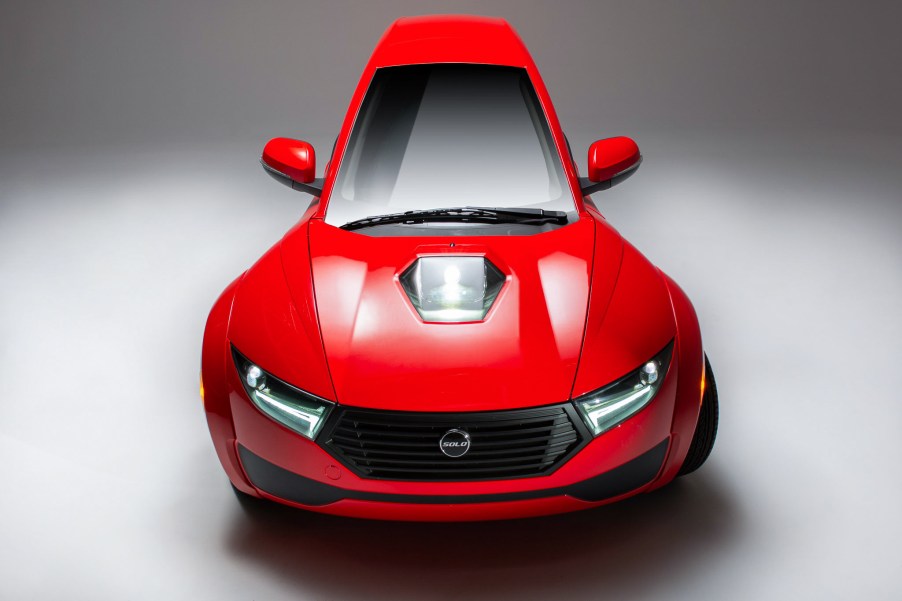
Autocycles: Social Norms Are Holding Them Back
Autocycles are a mode of transportation that has struggled to gain popularity. While motorcycles with sidecars and trikes have their place, an autocycle for daily use is even less popular. Part of that is that there is a lack of knowledge about what an autocycle is and how it fits in our automotive culture. Today, I will attempt to clarify the definition of an autocycle and the barriers it faces. In a companion piece tomorrow, I will go over a few autocycles that are available, or soon will be on the market.

What is an autocycle?
Many are unfamiliar with what an autocycle is. So, the best starting place is with a definition. In short, it is a three-wheeled vehicle. Unfortunately, the definition is not that simple because within the autocycle segment, there are three-wheeled vehicles with motorcycle controls and others with traditional car controls. Think of handlebars and hand controls versus steering wheels and foot pedals. This disparity has made it difficult for states to determine which safety regulations apply to one autocycle versus another one.
Thanks to manufacturers’ efforts, legislation has been passed in recent years to allow autocycles in many states to be driven with a regular driver’s license. A few states, however, will still require a motorcycle license, and even a helmet. So, a potential buyer must be aware of what their respective state requires.

Three-wheelers are not new
The idea of three-wheelers is not new. The driving force behind their development is that most people commute alone. So, while having a big family vehicle may make sense for the evenings or weekends, a smaller, more fuel-efficient vehicle makes sense for the workday. These ideas have been around for decades.

Greater electric acceptance is fueling autocycle manufacturers to shift from gas
Autocycles are typically a smaller car. This means they move less air around it. So, they typically achieve better gas mileage than the four-wheeled brothers and sisters. However, nowadays, miles-per-gallon may not be a concern so much as the electric range is. Since electric cars are finding greater acceptance globally, many three-wheeled manufacturers are going to electric power for delivery. So, the electric range is of greater concern than fuel efficiency.

People want to solve a problem
In the New York Times, Karl Brauer, Executive Publisher of Kelley Blue Book, discusses autocycles and says, “There’s been so many of these. A lot of people want to solve the problem of clean, space-efficient, inexpensive personal transportation.” True, but, there is a psychological barrier. While conceptually it makes sense to have autocycles on the road, Juan Matute, deputy director of the Institute of Transportation Studies at the University of California, Los Angeles, says,“…what’s socially desirable and environmentally beneficial isn’t necessarily personally optimal.” So, smaller and more environmentally friendly personal transportation often tends to take a back seat when compared to the larger, socially acceptable “normal” vehicles. This means that it is going to take a while for perceptions to change for autocycles to become a more regular thing on roads and daily realities.

Autocycle acceptance would mean city traffic would be influenced
If autocycles do take off, city traffic could look differently down the road. While larger vehicles my continue to dominate the suburban areas, the smaller vehicles, including electric autocycles, combined with ride-sharing, and public transportation, could end up filling city streets. This would lower congestion and pollution. But, that is a big, if. Getting a breakthrough into the national psyche would be needed first. Overcoming that challenge could take some time. In the meantime, motorcycles tend to be more easily accepted.

Tomorrow at 5 pm, a companion piece to this article will be posted. It will discuss a few of the autocycle manufacturers that are available in the market, or soon will be. So, keep an eye on MotorBiscuit or on our Facebook page.


